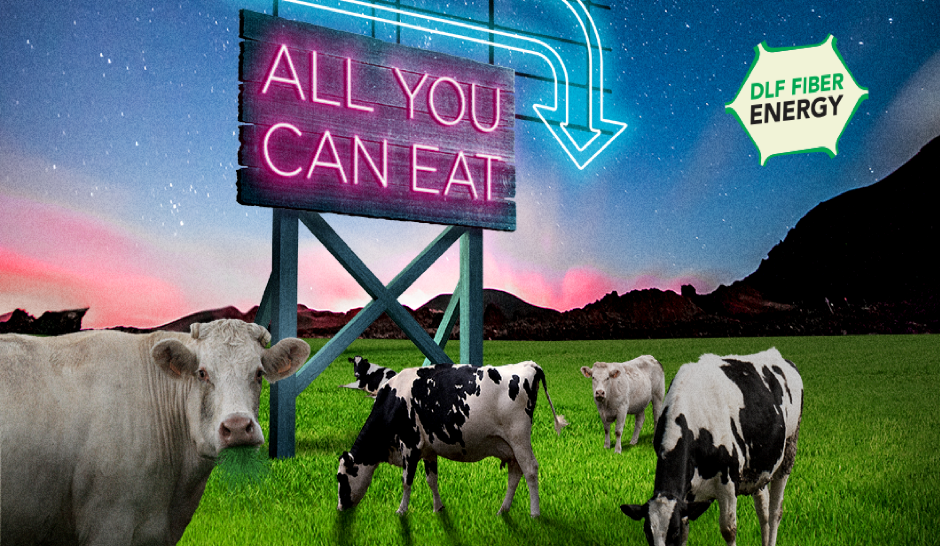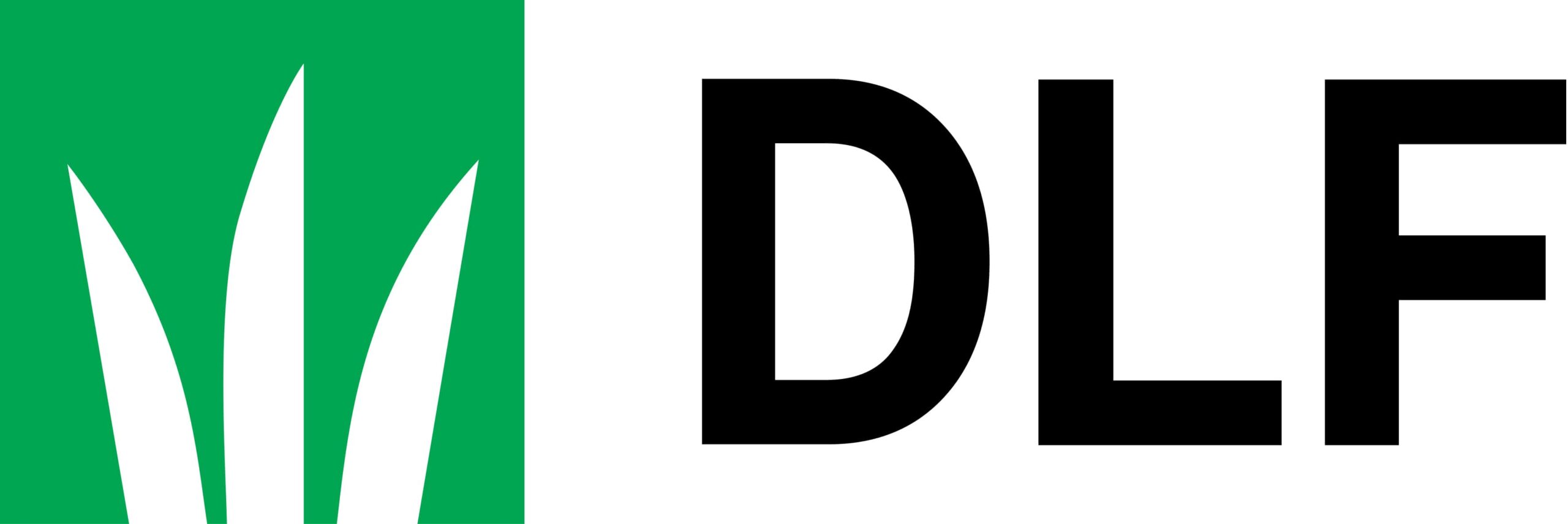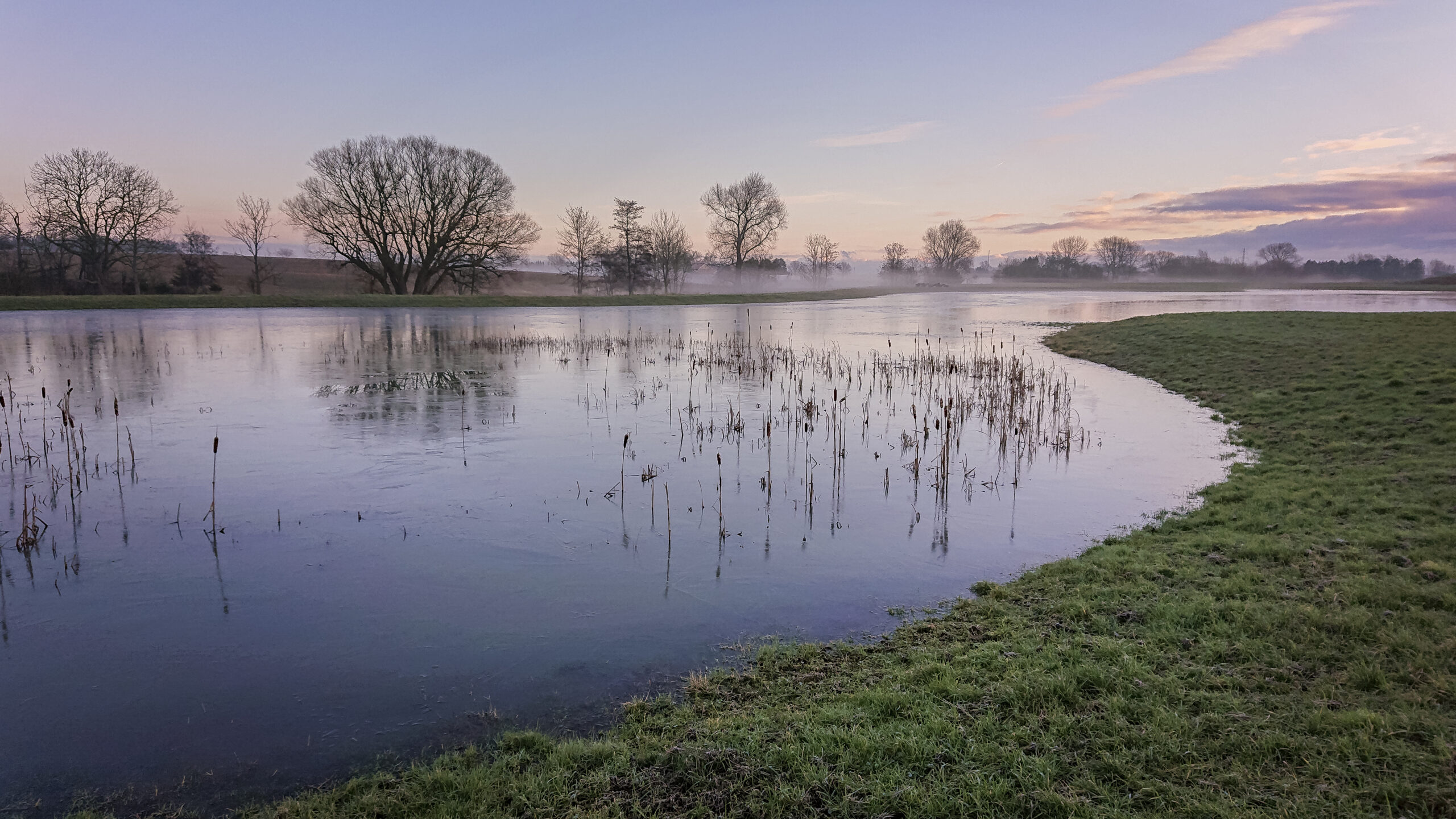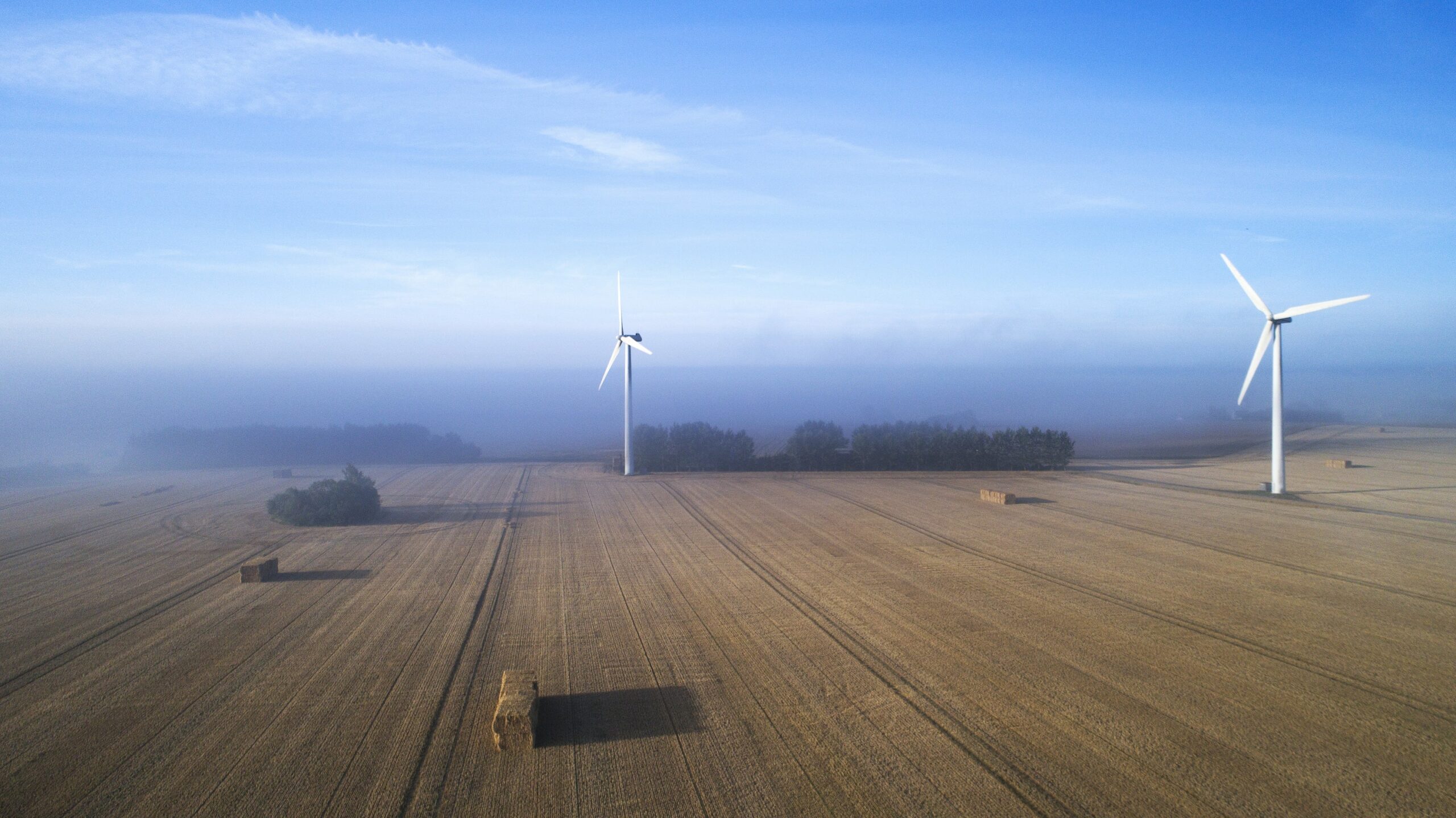News
Energy efficiency in industry
Resource efficient production
DLF Fiber Energy – when sustainable farming generates a higher profit


DLF contributes to the green transition with research, that develops future forage solutions. DLF Fiber Energy forage is determined by lab analysis, and only grasses with the highest fiber digestibility are honored with a DLF Fiber Energy badge.
Conditions for agricultural production
The global demand for meat and milk is high, and as the world’s population increases exponentially, the demand of tomorrow will be even higher. Agriculture is highly exposed to climate change, as farming activities depend on climatic conditions. Meanwhile, the climate and environmental impact from milk and meat production is alarming as methane emissions from cows contribute to global warming.
In the future, the world needs solutions that increase agricultural productivity and reduces the emissions of methane pr. unit produced. We are ambitious at DLF and we feel that DLF Fiber Enegy is part of this solution. We continously develop green and sustainable solutions that reduce the agricultural impact on the climate.
Fewer cow burps – and more milk and meat
DLF Fiber Energy is a quality standard used for forage varieties with an increased digestibility. Each cow eats the same amount of grass but with a higher digestibility, the feed uptake increases, and provides more energy to the cow. DLF Fiber Energy improves the digestibility of up to 8 percent, producing more milk and meat with the same feed intake and maintaining the same methane emission.
With DLF Fiber Energy farmers will be able to:
- Use more locally produced forage. With DLF Fiber Energy in locally produced forage solutions more energy is released to the cow
- Experience a higher productivity. With more energy, each cow produces more milk and gains more weight, meaning more meat.
- Release less methane into the atmosphere. With an improved digestibility of ensiled grass, the cow rumen is more efficient with less enteric fermentation.
The UN Sustainable Development Goals
DLF Fiber Energy makes a unique contribution to
- Achieve food security by increasing productivity (goal 2)
- Takes urgent action to combat climate change by sequestrating methane (goal 13)
FAQ
With the improved the digestibility up to 8 percent which gives:
- More milk per cow: 730 l per year
- More kilos per cow: 70 kg per year
[button text="DLF Fiber Energy" url="https://www.dlf.com/forage/more-milk-with-dlf/dlf-fiber-energy"][/button] [button text="Sustainability" url="https://www.dlf.com/about-dlf/sustainability"][/button] [button text="Fiber Energy Case Study" url="https://www.dlf.com/forage/more-milk-with-dlf/fiber-energy-case-study"][/button]
You should consider reading
publications
Resource efficient production
+15















